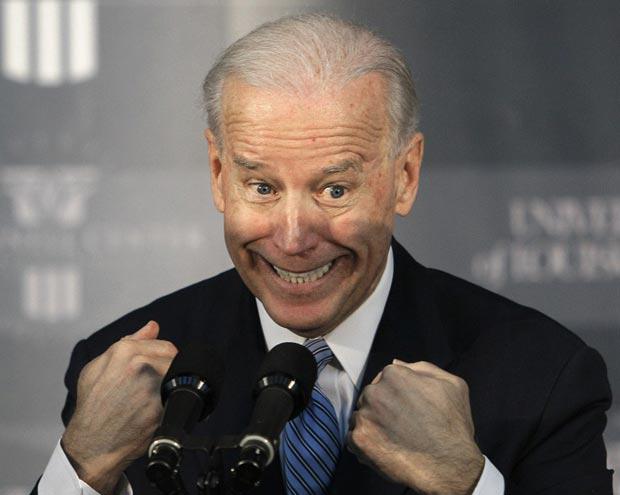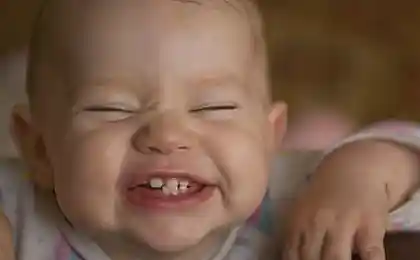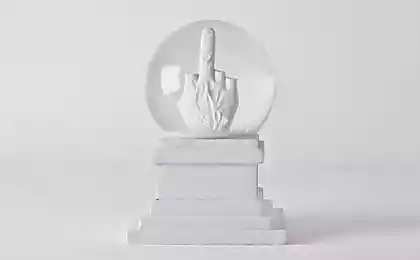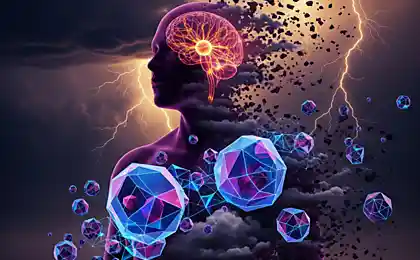860
Why do people sometimes smile or laugh with fear
The normality of abnormal reaktsiy
One of the most horrific human reactions is the so-called cautious smile, we smile often during stressful situations, ostensibly to show that dispute or stress does not have to do with us - it's just fine. But a lot of people smile when they say, robbed. It would seem that fear is to make it impossible to smile, but a lot of people smile, even when experiencing mortal terror. There are two main theories to explain this phenomenon.
Dogs, rock, show aggression, they show his teeth - his weapon. But monkeys, when they show their teeth, do not do the same. Primatologist Sin Preshoft the study of rhesus monkeys have noticed that those bare teeth at social interaction.

It was not signal the beginning of the battle, more often it comes at a time of tension between the dominant and subdominant. Smile, as you might guess, subdominant, and then smiles dominant individuals behave friendly. So macaques thus its location displayed a dominant, in other words, they smiled at the potential danger - such behavior and called cautious smile.
Preshoft noted that smile monkeys used not only during the crisis: in normal conversation macaques also smiled easily enough. People also smile inherited from ancestors, we use it to express approval, joy, compassion or sympathy. Smile for us - a more expressive form of communication. But we are in a dangerous situation with the help of a smile can also try to appease the enemy.

There is another possible reason for cautious smile - perhaps we do not recognize the fact that we are in danger, perhaps we unconsciously deny that there is a risk at all. In a famous experiment, Milgram's subjects believed that fed painful and sometimes fatal electric current discharge their unseeing other participants, with they did so under the influence of an authoritative person in a white coat. When the screams grew louder subjects, increased shock those who pressed the button, and they started to laugh nervously.
This does not mean that they have a good time - they just do not know any other form of protest, but laughter. In the course of another experiment in which volunteers had to cut off the heads of mice, their faces photographed, and the photographs were seen convulsive smiles of the people who have been forced to do what they do not want.
via factroom.ru

One of the most horrific human reactions is the so-called cautious smile, we smile often during stressful situations, ostensibly to show that dispute or stress does not have to do with us - it's just fine. But a lot of people smile when they say, robbed. It would seem that fear is to make it impossible to smile, but a lot of people smile, even when experiencing mortal terror. There are two main theories to explain this phenomenon.
Dogs, rock, show aggression, they show his teeth - his weapon. But monkeys, when they show their teeth, do not do the same. Primatologist Sin Preshoft the study of rhesus monkeys have noticed that those bare teeth at social interaction.

It was not signal the beginning of the battle, more often it comes at a time of tension between the dominant and subdominant. Smile, as you might guess, subdominant, and then smiles dominant individuals behave friendly. So macaques thus its location displayed a dominant, in other words, they smiled at the potential danger - such behavior and called cautious smile.
Preshoft noted that smile monkeys used not only during the crisis: in normal conversation macaques also smiled easily enough. People also smile inherited from ancestors, we use it to express approval, joy, compassion or sympathy. Smile for us - a more expressive form of communication. But we are in a dangerous situation with the help of a smile can also try to appease the enemy.

There is another possible reason for cautious smile - perhaps we do not recognize the fact that we are in danger, perhaps we unconsciously deny that there is a risk at all. In a famous experiment, Milgram's subjects believed that fed painful and sometimes fatal electric current discharge their unseeing other participants, with they did so under the influence of an authoritative person in a white coat. When the screams grew louder subjects, increased shock those who pressed the button, and they started to laugh nervously.
This does not mean that they have a good time - they just do not know any other form of protest, but laughter. In the course of another experiment in which volunteers had to cut off the heads of mice, their faces photographed, and the photographs were seen convulsive smiles of the people who have been forced to do what they do not want.
via factroom.ru
























